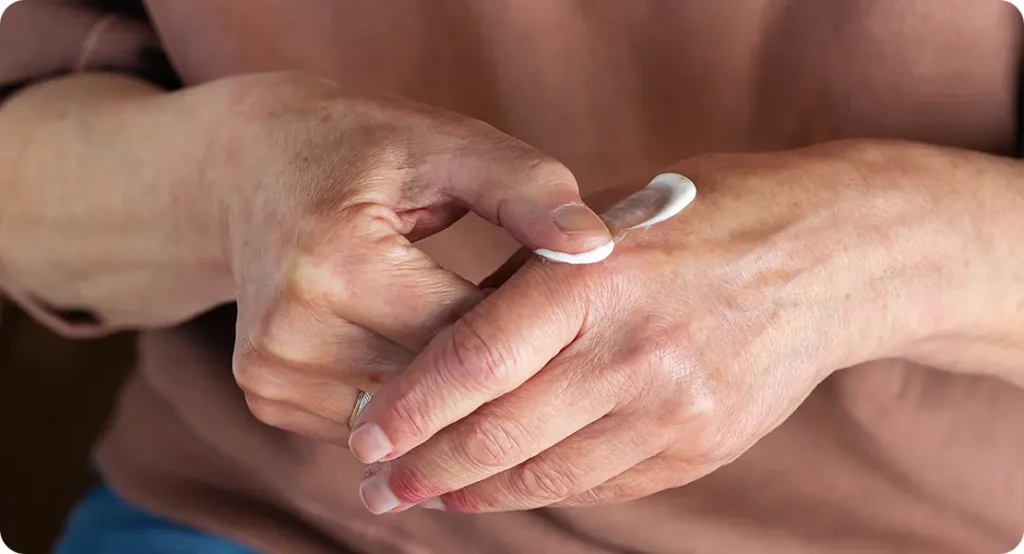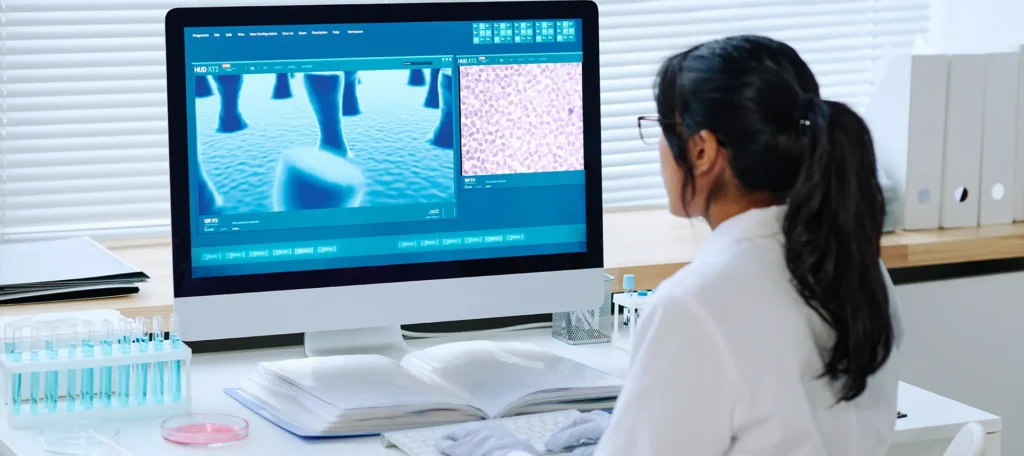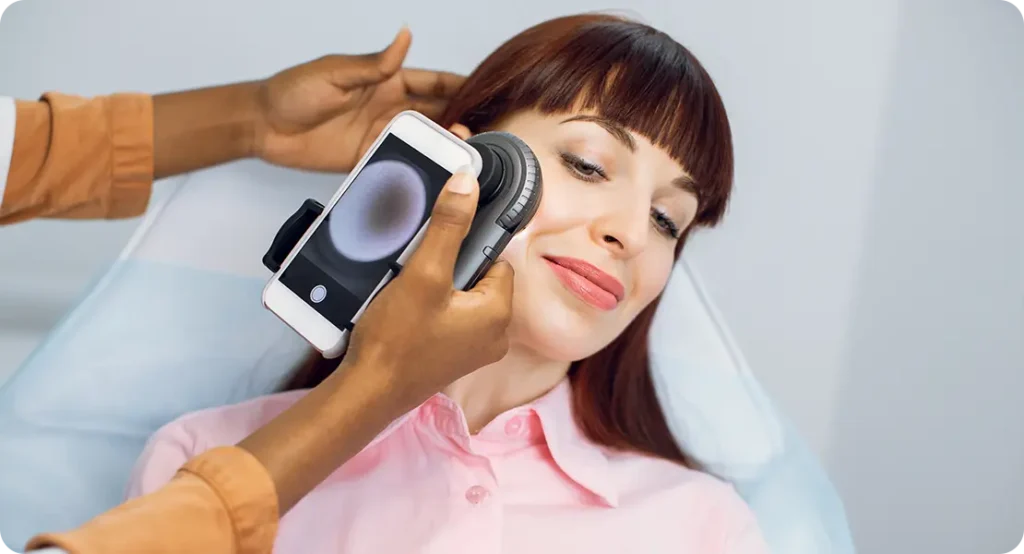Let’s face it—skin conditions can be complex, frustrating, and sometimes downright painful. Whether you’re dealing with long-term eczema, adult acne, or the side effects of sun damage, you’ve probably heard this line before: “We’re still researching the best treatment.” That’s not just lip service. Behind the scenes, dermatologists are leading a wave of clinical trials designed to bring safer, faster, and more effective treatments right to your clinic’s doorstep.
In this article, we’re going to walk through exactly why dermatologist-led clinical trials matter. We’ll unpack how they shape the future of skincare, explore some of the most exciting treatments currently being tested, and show you how these studies are driving innovation across topical treatments, immunotherapies, and even cutting-edge laser technologies.
Why Dermatologists Lead Clinical Trials in the First Place
You might wonder why clinical trials need to be dermatologist-led at all. Can’t pharmaceutical companies just test the drugs and be done with it? Not quite. Dermatologists are at the coalface of patient care. They don’t just see the symptoms—they understand the real-world impact of skin conditions on your daily life.
When dermatologists are at the helm of clinical trials, the focus shifts from just “what works” to “what works in a way that patients will actually tolerate and benefit from.” That could mean lower side effects, easier applications, or more effective long-term management strategies.
It’s also about credibility. Dermatologists are trained to interpret changes in skin health with nuance. A pharmaceutical scientist may spot a numerical improvement in lesion count, but a dermatologist will tell you if that improvement genuinely translates to clearer, more comfortable skin. Their expertise ensures that trials aren’t just statistically sound, but clinically meaningful too.
And then there’s trust. Patients are more likely to take part in research when it’s led by someone who understands their concerns—and that’s where dermatologist-led trials really shine. They bridge the gap between science and patient reality, making trials more human and more relevant.
How a Dermatologist-Led Trial Works
A typical dermatologist-led clinical trial begins with a question—usually sparked by an unsolved problem in the clinic. It could be something like, “Why do only 60% of patients respond to this steroid cream?” or “Can we reduce scarring after acne treatment without surgery?”
From there, a team is assembled, often made up of dermatologists, clinical researchers, data scientists, and sometimes industry partners. Ethical approval is then sought, and the trial design is locked down—this includes deciding whether the study will be randomised, double-blind, placebo-controlled, or all of the above.
Participants are carefully selected, with inclusion and exclusion criteria to make sure the trial is safe and scientifically valid. Throughout the trial, dermatologists assess outcomes using standardised scoring systems—like the Eczema Area and Severity Index (EASI) or the Psoriasis Area and Severity Index (PASI)—but they also take note of patient feedback, lifestyle factors, and overall satisfaction.
The best trials don’t just test the product—they test its place in the real world. That’s what makes these dermatologist-led studies so powerful.
What’s in the Pipeline: Active and Upcoming Trials
Let’s dig into some of the most exciting dermatologist-led trials currently making waves. Whether you’re a patient, practitioner, or just someone with a keen interest in skin science, here’s what you should be keeping an eye on.
1. Topical JAK Inhibitors for Eczema
Topical JAK inhibitors are emerging as a breakthrough option in the treatment of eczema, especially for patients who haven’t responded well to steroids or want to avoid their long-term side effects. These creams target Janus kinase enzymes—key players in the inflammatory process—without broadly suppressing the immune system like traditional oral treatments. That means less collateral damage to your skin’s natural defence mechanisms and, ideally, a gentler experience overall.
One of the most anticipated clinical trials in the UK is investigating the safety and effectiveness of topical ruxolitinib in adults with moderate to severe atopic dermatitis. The trial, spearheaded by dermatologists in the NHS, is evaluating not only how well the cream reduces itching and redness, but also whether it can help restore and strengthen the skin’s barrier function over time. This holistic focus on healing—not just symptom suppression—is one of the reasons why this trial has drawn so much interest.

What makes this research especially compelling is the possibility of finally breaking free from the steroid cycle. Many eczema patients find themselves stuck in a loop: use steroids, flare up again, repeat. Topical JAK inhibitors offer a different route—one that may reduce flare frequency, cut down on itching intensity, and let people manage their eczema more confidently in the long term. If successful, this treatment could offer peace of mind for those wary of overusing topical steroids.
Preliminary findings from smaller Phase I and II studies in the US and Japan have already shown promise, with some patients experiencing visible improvement in as little as 48 hours. But what really matters is whether these benefits hold up in larger, more diverse UK populations over longer periods. That’s why this trial is being watched so closely—it could redefine how we treat one of the most common chronic skin conditions in the world.
2. Laser Resurfacing for Acne Scarring in Darker Skin Tones
Laser treatments have often been a double-edged sword for people with darker skin tones. While they offer the potential to reduce acne scars and even out texture, they also carry a higher risk of pigmentation changes, including dark spots and hypopigmentation. This has made many dermatologists—and patients—hesitant to use them. But a new clinical trial led by dermatology teams in London is turning that hesitation into hope.
The trial is focusing on the use of fractional Er:YAG lasers, which offer precise skin resurfacing with minimal thermal damage. Crucially, these lasers are paired with advanced cooling systems designed to protect melanin-rich skin from heat-induced trauma. This combination may significantly lower the risk of post-inflammatory hyperpigmentation—a common complication in Fitzpatrick skin types IV to VI.
What sets this trial apart is its emphasis on the lived experience of the patients involved. Researchers aren’t just looking at clinical photos and scar depth; they’re also assessing psychological metrics like self-esteem, confidence, and social anxiety. Acne scarring isn’t just a cosmetic issue—it can have lasting effects on mental health. The trial’s holistic approach aims to quantify these benefits and highlight why inclusive dermatological research matters.
By challenging the historical exclusion of darker-skinned individuals from laser studies, this trial is laying the groundwork for more equitable skincare. If successful, it could lead to new treatment protocols that open the door for thousands of patients who’ve previously been told that laser treatments weren’t an option for them. That’s more than progress—it’s long-overdue representation.
3. Immunotherapy for Vitiligo
Vitiligo has often been treated as a cosmetic issue rather than a true medical condition. But for many people, the social and emotional impact of depigmentation can be profound. A new dermatologist-led trial in the Midlands is taking this challenge head-on, using a combination of topical ruxolitinib and narrowband UVB light therapy to offer patients a more targeted and potentially long-lasting treatment.
The goal of the trial is to catch vitiligo early and intervene with immunotherapy before the condition spreads. Ruxolitinib, originally developed for blood cancers, works by calming the overactive immune response that attacks pigment-producing cells. When paired with controlled light therapy, the treatment aims to both halt the autoimmune attack and encourage the return of pigment in affected areas.
What’s exciting about this approach is the emphasis on early-stage intervention. For too long, dermatologists have had to wait until vitiligo progressed significantly before beginning treatment—often with mixed results. This trial challenges that delay by testing whether starting treatment sooner can preserve pigment and potentially reverse the damage altogether.
If the study delivers strong results, it could lead to a major shift in how vitiligo is managed across the NHS. GPs and dermatologists could have a clear, evidence-based pathway for identifying and treating vitiligo before it becomes widespread. For patients, this would mean less uncertainty, more hope, and better long-term outcomes—both cosmetically and emotionally.
4. Microbiome-Based Creams for Rosacea
Rosacea is a chronic condition that’s notoriously tricky to manage. It flares unpredictably, triggers vary from person to person, and treatments often involve antibiotics or laser therapy. But what if we could reduce symptoms by nurturing the skin rather than medicating it? That’s the idea behind a fascinating new trial currently underway in Manchester.
This dermatologist-led study is testing a topical probiotic cream aimed at rebalancing the skin’s microbiome—the ecosystem of bacteria, fungi, and other microorganisms that live on our skin. When this balance is disrupted, inflammation and flare-ups become more common. By restoring a healthy microbial environment, researchers hope to reduce redness, bumps, and burning sensations associated with rosacea.

The trial is particularly exciting because it’s taking a long-term, root-cause approach. Rather than just suppressing symptoms, it’s aiming to improve skin health at the foundational level. Participants are being monitored for not only visible improvements but also changes in skin sensitivity and barrier strength over time. If successful, this would offer a treatment option that works with your skin, not against it.
Patients enrolled in the Phase II trial have already reported encouraging results—less redness, reduced sensitivity, and, importantly, fewer flare-ups triggered by common irritants like spicy food or sun exposure. If these outcomes are confirmed in the larger group, we could be looking at the first wave of non-antibiotic rosacea treatments that offer sustainable relief and healthier skin in the long run.
5. Biologics for Chronic Hives (Urticaria)
Chronic hives can be one of the most frustrating conditions to live with. Itching, swelling, and welts come and go without warning, and for some people, even high-dose antihistamines barely take the edge off. That’s where the Glasgow-based trial on omalizumab is stepping in to offer new hope.
Omalizumab, originally approved for asthma and chronic urticaria, is being tested in this trial to determine the most effective dosing schedule for long-term relief. The key question being asked isn’t just “Does it work?”—it’s “How do we make it work better, faster, and for the right patients?” Dermatologists are using patient profiling tools including allergy testing, genetic markers, and immune response monitoring to see if outcomes can be predicted more accurately.
This personalised approach could completely change how chronic urticaria is treated. Right now, treatment often involves a lengthy process of trial and error. But with better biomarkers and predictive modelling, clinicians could soon tailor biologic treatments to the individual—potentially skipping months or even years of ineffective therapy.
If this trial succeeds, it could become a template for managing other immune-related skin conditions. Biologics aren’t cheap, so using them more efficiently benefits not just patients, but the healthcare system as a whole. For sufferers of chronic hives, that means fewer sleepless nights and a clearer path to real, lasting relief.
6. AI-Guided Mole Mapping for Skin Cancer Detection
Artificial intelligence is starting to play a bigger role in healthcare, and dermatology is no exception. In London, a team of dermatologists is trialling an AI-powered mole mapping system that could transform the early detection of skin cancers—especially melanoma. Unlike traditional screening, this system uses full-body imaging and machine learning to flag moles that show suspicious patterns or changes.
The trial is designed to compare the performance of AI assessments against human dermatologists, both independently and as a combined approach. This isn’t about replacing clinicians, but about supporting them with faster data processing and pattern recognition. For example, AI can track subtle mole changes over time that even trained eyes might miss during periodic check-ups.
Early results have been promising. The AI tool has shown a high level of sensitivity in detecting early melanomas—sometimes before they become visually obvious. But what really makes this trial exciting is its potential for broader access. With proper validation, AI tools like this could be rolled out to GP clinics and teledermatology services, helping catch skin cancers earlier across the UK.

Ultimately, the integration of AI into mole mapping could save lives through earlier intervention. It could also reduce unnecessary biopsies and hospital referrals by improving diagnostic confidence at the primary care level. This trial is about much more than algorithms—it’s about using technology to deliver smarter, faster, and more equitable skin cancer screening.
Why These Trials Matter to You
So why should any of this matter to you? After all, most of these treatments aren’t on the market yet. But here’s the thing—clinical trials are where tomorrow’s treatments are born. They’re how we move from “managing” skin conditions to genuinely solving them.
By supporting dermatologist-led research—whether by participating, spreading the word, or simply being aware—you’re helping shape a better future for everyone with skin concerns.
It also means that when you visit your dermatologist, they’re not just prescribing what’s already available. They’re helping build what comes next. And that’s incredibly powerful.
You might even find that you’re eligible for a trial yourself. Many studies are actively recruiting, and participation can sometimes mean earlier access to new therapies.
How to Get Involved or Learn More
If you’re reading this and thinking, “Maybe I should join a trial,” there are a few things you can do. First, talk to your dermatologist. Many clinics, especially those in teaching hospitals, are involved in research and may have active trials on site.
You can also check the UK Clinical Trials Gateway or speak with your GP. These platforms list ongoing studies by condition, location, and eligibility.
And don’t worry—clinical trials today are heavily regulated. Ethics boards, data monitoring, and informed consent all work together to protect participants. You’re never just a number in a spreadsheet.
Final Thoughts
Dermatologist-led clinical trials are the beating heart of skin innovation. They take what we learn in the lab and make sure it works in real life. They make treatments more accessible, more inclusive, and more effective. And most importantly—they put patients at the centre of the story.
If you’re struggling with a skin condition or just passionate about where skincare is heading, keep an eye on these trials. They’re not just experiments—they’re roadmaps to healthier, happier skin for all of us.
References
- Blauvelt, A., Thyssen, J.P., Gooderham, M., Vender, R., Ardeleanu, M. and Zhu, L., 2021. Efficacy and safety of ruxolitinib cream in patients with atopic dermatitis: results from two phase 3 trials. Journal of Allergy and Clinical Immunology, 148(2), pp. 437-446.
- Alexis, A.F., Desai, S.R., Shah, S.K., Zogg, C.K. and Fitzpatrick, R.E., 2021. Safety and efficacy of laser treatments in patients with skin of color: a systematic review and consensus. Journal of Drugs in Dermatology, 20(4), pp. 399–409.
- Harris, J.E., 2021. Vitiligo and autoimmunity: how are they connected, and how are they treated? Journal of Investigative Dermatology, 141(6), pp. 1450–1452.
- Rainer, B.M., Thompson, K.G., Antonescu, C., Florez-Pollack, S., Munoz, D. and Chien, A.L., 2020. The skin microbiome in rosacea: a review of the literature. Journal of the American Academy of Dermatology, 82(6), pp. 1350–1358.
- NHS England, 2023. Artificial intelligence to help cut waiting lists and speed up skin cancer diagnosis. [online] NHS.
